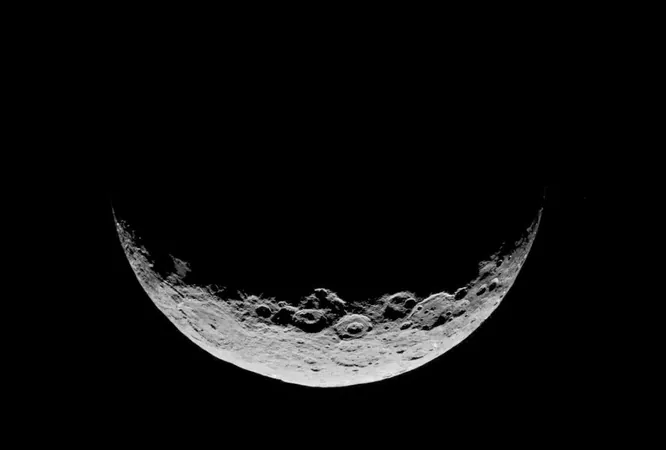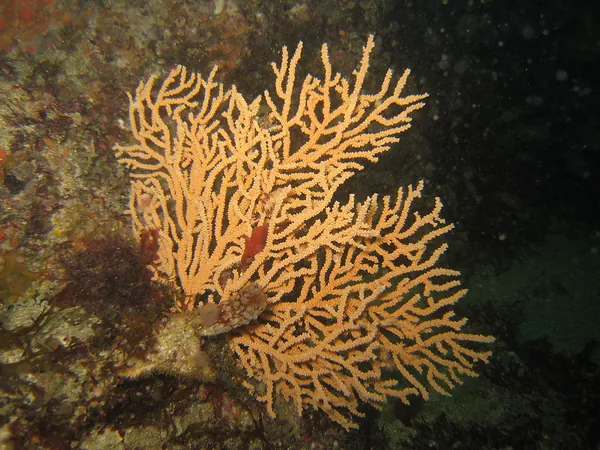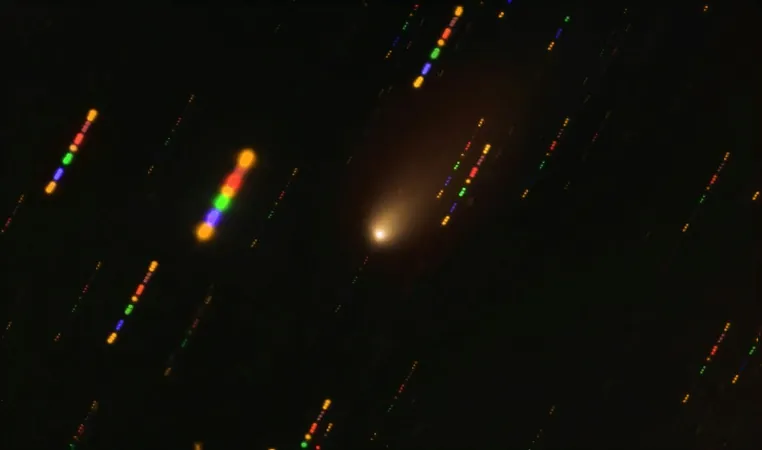
Ceres: The Dwarf Planet That Holds Secrets to Life's Origins
2025-05-25
Author: Li
Unlocking the Mysteries of Planet Formation
Have you ever wondered how planets are formed and whether they can sustain life? Just beyond our Earth lies the dwarf planet Ceres, located in the asteroid belt between Mars and Jupiter. As scientists probe the remnants scattered throughout our solar system—such as asteroids and Ceres itself—they believe they may uncover the key ingredients for life.
New Insights from Cosmic Collisions
A groundbreaking study published in Nature Communications reveals that carbon may be ejected into space from small rocks colliding in the cosmos. This finding sheds light on the early development of planets like Earth, suggesting that while planetary formation involved numerous collisions, valuable materials survived these impacts.
Ceres: The Carbon Keeper?
Ceres is a fascinating hybrid between planets and asteroids, being roughly a quarter the size of Earth's moon but retaining more gravitational pull than typical space rocks. This unique characteristic allows Ceres to retain more carbon on its surface compared to its asteroid counterparts. Researchers argue that a sample return mission to Ceres could reveal significant insights.
The Push for a Sample Return Mission
Lead researcher Kosuke Kurosawa from Japan's Kobe University emphasizes the necessity for a detailed analysis of samples returned to Earth. "In simple terms, this is an explosion," he noted, highlighting the impact processes involved in carbon production during cosmic collisions.
Understanding Shock Metamorphism
The study delves into the phenomenon known as 'shock metamorphism,' which describes the transformation of rocks following high-speed impacts. Kurosawa's team posited that slower collisions could correlate with higher carbon retention, a theory that has puzzled scientists for decades. Could this also be true for water—another essential ingredient for life?
Innovative Experiments Yield Surprising Results
Using a specialized two-stage light gas gun, researchers simulated cosmic collisions with meteorite samples. The experiment revealed that crashes produced carbon monoxide and carbon dioxide gases, which complicate the search for carbon evidence in ancient impacts. This innovative approach avoids contaminating samples and illuminates the challenges researchers face in linking collisions with organic material.
The Ceres Connection and Future Prospects
Unlike smaller asteroids, Ceres could allow for the re-accretion of shocked materials due to its stronger gravity. Yet, spotting this carbon from orbit remains a challenge. The NASA Dawn mission (2015-2018) couldn't detect anticipated carbon levels, amplifying the urgency for dedicated exploratory missions.
Funding Hurdles for the Ceres Mission
Despite the enthusiasm, funding remains a significant roadblock. The National Academies Planetary Science Decadal Survey has called for a Ceres sample return mission, especially after Dawn's revelation of a potential subsurface ocean. However, recent budget proposals have put financial strains on NASA's mission timelines, delaying the project until 2026 or beyond.
Looking Ahead to Ceres Exploration
With uncertainty surrounding budget negotiations, the future of the Ceres sample return mission is precarious. Researchers hope to focus their efforts on the Occator crater, but uncertainties linger about the presence of carbon materials. Castillo-Rodriguez, a senior scientist at NASA's Jet Propulsion Laboratory, is eager to collaborate and explore the intriguing implications of Kurosawa's findings.
As we look to the stars, Ceres remains a beacon of hope. This dwarf planet could unlock the mysteries of life’s origins and reshape our understanding of the building blocks we share with the universe.



 Brasil (PT)
Brasil (PT)
 Canada (EN)
Canada (EN)
 Chile (ES)
Chile (ES)
 Česko (CS)
Česko (CS)
 대한민국 (KO)
대한민국 (KO)
 España (ES)
España (ES)
 France (FR)
France (FR)
 Hong Kong (EN)
Hong Kong (EN)
 Italia (IT)
Italia (IT)
 日本 (JA)
日本 (JA)
 Magyarország (HU)
Magyarország (HU)
 Norge (NO)
Norge (NO)
 Polska (PL)
Polska (PL)
 Schweiz (DE)
Schweiz (DE)
 Singapore (EN)
Singapore (EN)
 Sverige (SV)
Sverige (SV)
 Suomi (FI)
Suomi (FI)
 Türkiye (TR)
Türkiye (TR)
 الإمارات العربية المتحدة (AR)
الإمارات العربية المتحدة (AR)